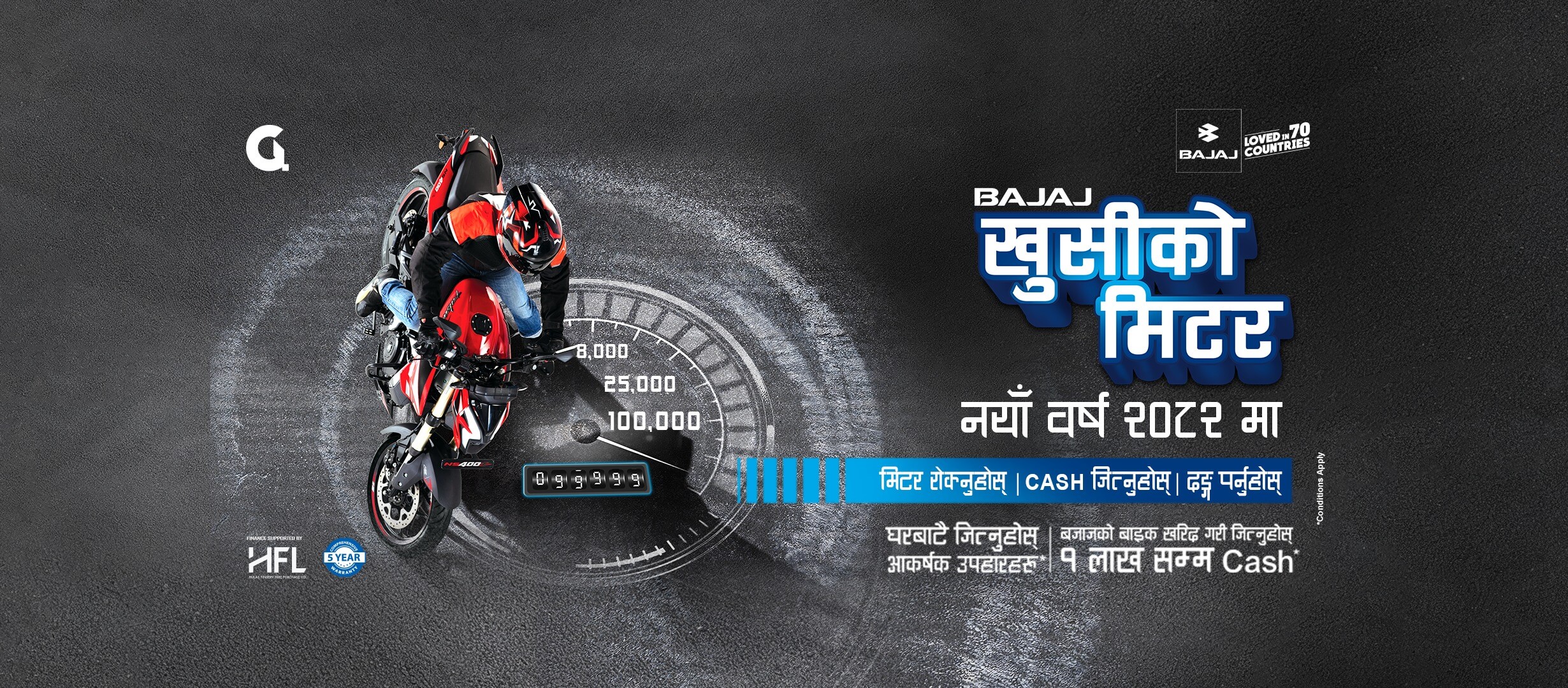Nepal Telecommunication Authority has recently introduced Mobile Device Management System (MDMS) to crack down on the sale of phones imported through the unofficial channel. The Grey phone market has been a serious issue concerning customers, breaking the mobile distributing channels and affecting the government’s revenue.

Mobile Phone Importers Association (MPIA), an umbrella body of phone importers in Nepal has been working to control the grey phone market. They also believe that Mobile Device Management System (MDMS) will be crucial in controlling the market.
In this context, TechLekh talked with Sanjay Agarwal, vice-president of MPIA to talk about the situation of the grey phone market, measures taken by the association for its control and effectiveness of MDMS.
TL: What is the situation of the grey phone market in Nepal?
There is 30-40 percent of grey phones in the market. The scenario had improved from 2010 to 2018. This was because in 2010, the then Finance Minister had changed the tax structure and he set the VAT refund to 60 percent and the duty to zero.
With this, the market became much more organized and within one and half years, the grey phone market reduced to 10 percent. Everything was going smoothly and buyers could buy phones at a lesser price.
However, the situation went the same as earlier as the then Finance Minister Yubraj Khatiwada imposed 5 percent duty on mobile phones and cancelled the VAT Refund in 2018.
Following this, the price difference between mobile phone prices in India and prices in Nepal went up by 30-40 percent. The government slightly decreased the duty to 2.5 percent upon our request last year. But things did not improve much. The Grey phone market is higher in the case of popular brands including MI and Samsung.
TL: Why is the grey phone market big in Nepal?
Indian eCommerce platforms do regular online sales with significant discounts on mobile sets. People from India purchase those sets and send them to the mobile shop owners here.
If the legally imported phones cost Rs 30,000, the grey phones will cost Rs 25,000- 35,000. The sellers get less profit if they sell the authorized phone as they have to sell in fixed MRP.
The ratio of grey phones is less in the Kathmandu valley. 80 percent of the grey phone market is outside the valley. Most of the grey phone market is centered near the borders where it is easy to bring the sets and sell them. For instance: If there are 20 shops in Birgunj, 10 of them sell grey phones. The sellers mix the imported phones and grey phones.
TL: How does the grey phone affect the market?
Nepal imported mobile phones worth Rs 30 billion in 2020. On top of that, the value of the 40 percent informal phone market remains uncalculated.
Mobile phones are the second-largest imported commodity in Nepal.
The excise duty in mobile phone sets is 2.5 percent and VAT is 13 percent. So, the illegal import of around half of the commodity is a huge loss to the state’s economy.
Customers don’t get a warranty card when they purchase a grey phone. There are chances to get counterfeit accessories when purchasing the phone. And in absence of a warranty, the customer has to face hassles while repairing the phone.
TL: The government has implemented a system like Type Approval Certification (TAC) to control grey phones. Has this been effective?
Nepal Telecommunication Authority initiated the TAC in 2008. But, it was implemented in a full-fledged way in 2014.
As all the quality certificates will be given by the brand, there has been quality control. But still, Nepal does not have CE Certification. The phones with CE certification are the devices that meet the standards set by the European Union (EU) including wireless, security, electromagnetic compatibility, health, etc.
These are the phones which meet the necessary conditions for entering the European market. But TAC has been managing to control the quality of phones.
TL: NTA has recently implemented MDMS. Do you think this system will be effective to curb grey phones?
MDMS will be effective as grey phones can’t operate under this system.
This system will save the government’s revenue and create trust among the customers as well.
TL: Could you tell us something about MPIA? Also, could you explain the MPIA sticker campaign?
MPIA was formed in 2016 with an objective to make the mobile phone market more disciplined and responsible. We have been working with the Retailers Association of Nepal to control the credit-driven system. The system of retailers taking credit from distributors and paying them very late had made the whole market unsystematic.
Similarly, we lobbied the government to decrease the excise duty, which resulted in a 2.5 percent reduction.
We started the MPIA sticker campaign around 2 years ago. Under this campaign, we provide MPIA stickers to the phones which have been brought through the legal channel.
The phones which don’t have the stickers will be identified as grey phones.
-
Redmi A5 Arriving Soon in Nepal: Lowest in Price, Highest in Refresh RateHIGHLIGHTS Redmi A5 4G price in Nepal could be Rs. 11,999 (3/64GB) and Rs. 13,999…
-
Crossfire RMZ 250 Now in Nepal: What’s New Compared to the Outgoing RM 250?HIGHLIGHTS Crossfire RMZ 250 price in Nepal is Rs. 8.59 Lakhs. RMZ 250 is the…
-
Bajaj Launches “Kushi Ko Meter” Offer for New Year 2082Bajaj Nepal is celebrating the New Year 2082 with a Khusi Ko Meter offer for…










